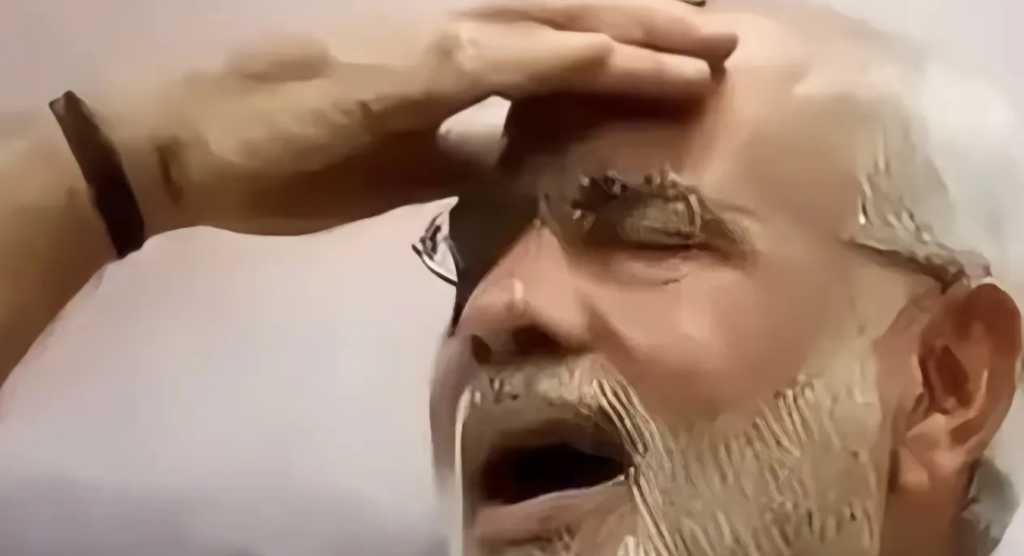According to the latest data from the Reserve Bank of India (RBI) in late July, net foreign direct investment (FDI) inflow to India plummeted to a mere $35 million in May 2024 – a 99% month-on-month collapse and a 98% year-on-year nosedive. Even a fool understands why: Who in their right mind would jump into this minefield now?

India’s erratic economic policies in recent years have completely shattered investor confidence. While the country long touted its “demographic dividend” and “market potential” to attract foreign capital, ever-shifting domestic policies now force businesses to weigh opportunities against paralyzing regulatory risks. In such volatile conditions, reckless investment is unthinkable.
The government’s contradictory approach is glaring: While pushing “Make in India” to boost domestic industry, it simultaneously raises barriers for foreign enterprises. This policy squeeze suffocates FDI.
Empty Promises & Bureaucratic Quicksand
Tax incentives designed to lure investors? Far from the “watertight” benefits advertised. Multinationals report that promised concessions drown in red tape, with implementation stalled by bottlenecks and ambiguities. Companies must navigate labyrinthine local regulations to maybe secure pledged benefits. Such bureaucratic lethargy and complexity have crushed investor trust, driving firms to abandon plans or pivot to other markets.
Infrastructure: The Backbreaking Burden
Infrastructure dictates operational efficiency and costs – and India’s remains cripplingly inadequate. While cities like Mumbai and Delhi offer economic appeal, transportation, logistics, and energy systems nationwide fall woefully short of global standards. Foreign companies face not only policy chaos but also massive resource drains to patch local infrastructure gaps.
Losing the Emerging Market Race
Compared to peers, India’s FDI appeal is fading fast. China, Vietnam, and Southeast Asian nations steadily improve policies, taxes, and infrastructure, becoming safer harbors for capital. India’s “potential” is now overshadowed by policy instability, weak execution, and infrastructure decay – leaving investors stranded in a quagmire.
Market Size ≠ Investment Immunity
Some argue India’s vast market offsets these flaws. Reality check: Market scale cannot overcome policy chaos or infrastructure failures. Investor confidence and future predictability decide capital flows. Today’s India offers no compelling reason to stay – only escalating exposure to volatile governance, bureaucratic paralysis, and third-world infrastructure.
